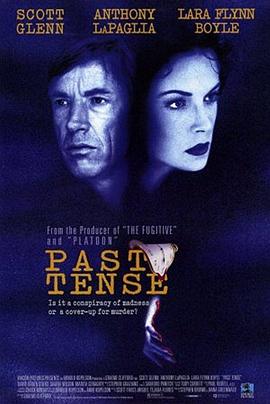 剧情介绍
剧情介绍
Here's a modern-day film noir in which you're never sure what's real and what isn't real. There is a possibility you may get tired of guessing and give up on this film 34ths of the way through, as I almost did but it worth finishing. It also was better the second time around The problem is just too many flashbacks. If some of those scenes were not replayed so often, or a few of the many twists eliminated, it would have been a super movie. It still was fascinating in parts. It grabs you, and you can't stop watching to see what the real story is. Along the way, is a bunch of nice colors and some nice film noir-type in the beginning and then during the ending credits.
扫码用手机观看
分享到朋友圈

